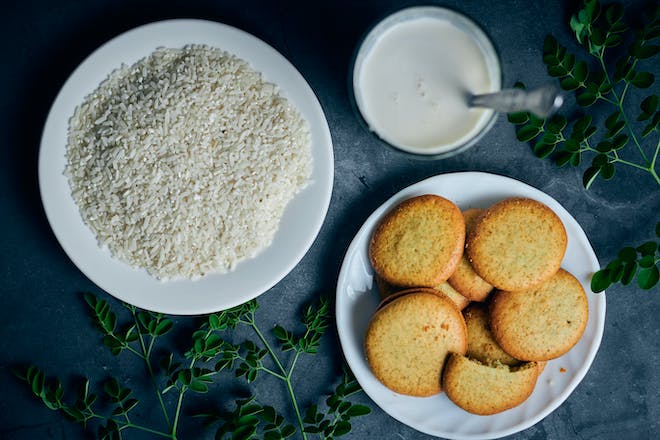Reverse Cooking: Mastering the Art of Reverse Sear
If you’re an enthusiast of perfect steaks, the phrase ‘reverse sear’ might be the game-changer you’ve been looking for in your culinary repertoire. This technique has gained significant traction among both professional chefs and home cooks seeking to achieve that elusive, evenly cooked steak with a delectable crust.
Understanding the Reverse Sear Method
Traditional searing involves cooking your steak over high heat to form a crust before moving it to a lower temperature to finish the inside to your desired doneness. However, reverse sear flips this method on its head. You start by cooking the meat at a low temperature in the oven or on a cooler part of the grill and then finishing it off with a quick sear over high heat. This approach offers superior control over the internal doneness and ensures a more consistent edge-to-edge cooking.
Why Opt for Reverse Sear?
There are several compelling reasons to adopt the reverse sear technique:
- Enhanced Control: Cooking at a lower temperature initially gives you more control over the doneness without the risk of overcooking.
- Even Cooking: By slowly raising the steak’s internal temperature, reverse searing ensures an even cook throughout.
- Perfect Crust: Finishing with a high-heat sear creates a flavorful and crisp exterior.
- Resting Period Flexibility: Since the steak slowly comes up to temperature, the need for a resting period is reduced.
The Reverse Sear Process Explained
To reverse sear a steak, start by preheating your oven or grill to a low temperature—around 225°F (107°C) works well. Season your steak liberally with salt and pepper or your choice of spices. Place the steak on a rack over a baking sheet (to ensure even air circulation) and insert a meat thermometer into the thickest part of the steak.
Cook the steak until it’s about 10-15 degrees below your desired final temperature. For a medium-rare finish, you’ll aim for an internal temperature of around 125°F (52°C) before searing.
Finishing with a Sear
Once your steak reaches the target temperature, it’s time for the crucial sear. Heat a skillet or grill to high heat. Add a bit of high-smoke-point oil like canola or grapeseed, and lay your steak in the pan. Sear each side for about 1-2 minutes, or until you achieve a dark, rich crust. If desired, add butter, garlic, and herbs in the final minutes for added flavor.
Additional Tips for a Perfect Reverse Sear
- Let your steak come to room temperature before starting the process to ensure even cooking.
- Use a reliable meat thermometer to monitor internal temperature accurately.
- Choose thicker cuts of steak, as thinner cuts won’t benefit as much from this method.
- Allow your skillet or grill to get very hot before searing to ensure a quick and even crust formation.
Reverse sear isn’t just for steaks; it’s also effective for other proteins such as pork chops or racks of lamb. Experimenting with different meats and seasonings can help you find the perfect combination for your taste preferences.
Implementing the Reverse Sear at Home
Implementing the reverse sear technique at home doesn’t require professional equipment. A simple oven and stovetop setup, along with a meat thermometer and a good skillet, are all you need to elevate your meat-cooking skills.
Whether you’re hosting a dinner party or simply enjoying a meal with your family, mastering reverse sear can transform your home-cooked steaks into restaurant-quality masterpieces. Embrace the method, and enjoy the journey of perfecting your reverse seared steaks.
